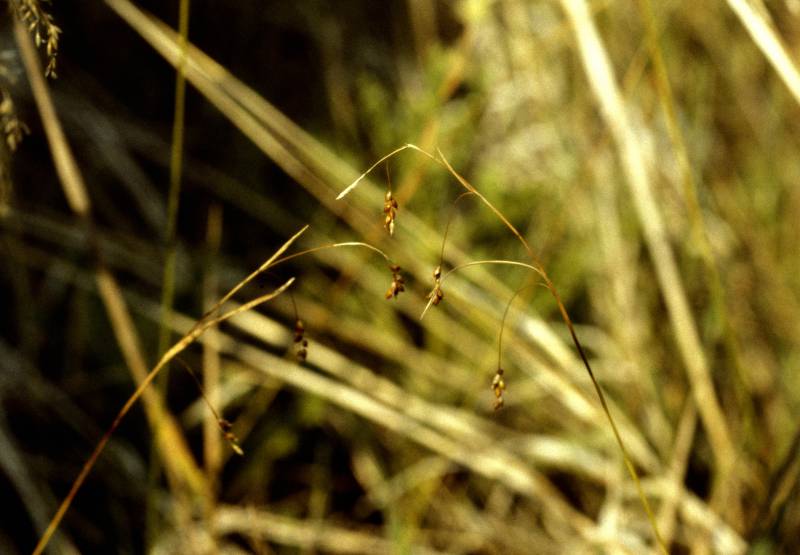Hosted by the University of Washington Herbarium, Burke Museum
Publication: Sp. Pl. 2: 977. (as capillari). 1753.
Origin: Native
Herbarium search: CPNWH
Notes: FNA23: "Carex capillaris is somewhat variable and is often divided into two infraspecific taxa. Plants from the south are larger, have pale brown pistillate scales, and serrulate perigynium beaks. Northern plants are smaller, have medium brown pistillate scales, and smooth perigynium beaks. These characteristics are only weakly correlated, making it difficult to assign individuals to these taxa except in a very arbitrary manner. When recognized, the southern plants are called subsp. capillaris (C. chlorostachya Steven, C. capillaris var. major Drejer ex Blytt), and the northern plants are called subsp. fuscidula (V. I. Kreczetovicz ex T. V. Egorova) Á. Löve & D. Löve.
T. V. Egorova (1964) recorded the Asian species Carex delicata C. B. Clarke (as C. karoi) from Colorado; no specimens have been seen that confirm that report, and it seems likely an error because T. V. Egorova (1999) indicated the species is restricted to Asia. This species has dense lateral spikes with 15–30 perigynia, the perigynia rounded at the apex and abruptly beaked, with the beak 0.1–0.2 mm.
Carex tiogana D. M. Taylor & J. Mastrogiuseppe from northern California cannot be satisfactorily distinguished from C. capillaris, although it possesses an uncommon combination of characteristics. It is probably best treated as a variety or subspecies of C. capillaris. Until a more satisfactory account of the variability in C. tiogana and its relationship with C. krausei is produced, its status must remain uncertain."
Last updated 4/23/2023 by David Giblin.

